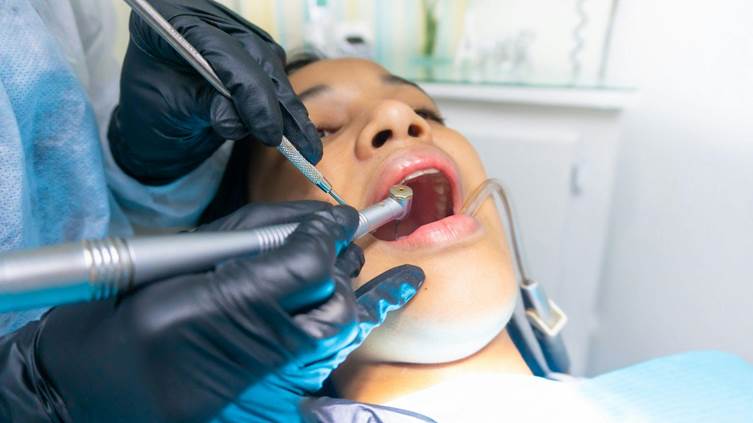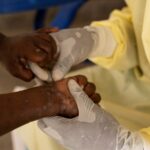Three‑dimensional printers now sit beside dental chairs, humming where plaster moulds once cluttered the worktop. Their resin vats promise speed, consistency, and forms no hand could sculpt so precisely.
Digital scans feed these machines, turning intangible data into tangible smiles within the hour. That workflow guides modern implantology, where tiny deviations decide whether an implant disappears or dazzles.
For patients, the shift feels invisible; for clinicians, it rewrites the timetable of care. Everything about the visit feels familiar, yet timelines that once spanned weeks collapse into a single sitting.
Layer‑by‑Layer Precision Redefines Restorations
High‑resolution stereolithography now shapes crowns and veneers with layers thinner than a strand of hair. Each layer cures under pinpoint light, erasing the stair‑step textures that once betrayed printed parts.
The latest machines finish a single molar crown in under fifteen minutes, cutting lab queue times dramatically. Open‑material platforms accept more than 500 resins, letting dentists tune translucency, shade, and even fluorescence.
Surface polishing is minimal because newer photopolymers emerge almost glaze‑ready from the build plate. Colour matching no longer relies on a shade tab but on spectrophotometers linked to cloud libraries.
Surgical Guides Turn Digital Plans into Reality
Implant placement benefits most from the marriage of imaging and printing. Cone‑beam CT captures bone contours; software plots angulation and depth with surgical precision. That virtual map becomes a printed guide, locking against teeth to steer drills along preplanned paths.
Clinicians hit planned positions within microns, cutting chair‑time and avoiding hard‑tissue surprises. Angulation stays ideal, so the final crown flows from gum to porcelain like a natural root. Patients feel less trauma, and aesthetic targets no longer rely on freehand artistry.
Even provisional prosthetics can be printed before surgery, ready to clip onto freshly inserted posts. That immediacy boosts confidence and keeps soft tissue shaped for the final restoration.
Same‑Day Smiles Go from Scan to Seat
Clear aligners once required thermoforming sheets over bulky 3D‑printed models. Today, printers shoot aligners directly, skipping moulds and shrinking production from days to hours. Software stages tooth movements, exporting each incremental shape as a print job overnight.
Patients pick up trays sooner, often before the impression taste has faded. The same printer can spin out temporary bridges, night guards, and even snap‑on smile prototypes.
Such versatility turns one device into an in‑house laboratory that pays dividends in convenience. Costs drop because shipping, third‑party markups, and remake delays leave the equation. Speed remains the headline because confidence grows when results appear by lunchtime.
A Future Cast in Photopolymer
The story of dental printing is still being written line by line. Researchers have already seeded dentin cells into porous scaffolds, dreaming of bioprinted enamel layers. Machine learning predicts occlusal stress, then adjusts designs before the first droplet lands. As algorithms sharpen and materials toughen, chairside fabrication may outpace the postal service.
One reality remains clear: precision grows whenever data flows directly into light and resin. For every patient, that fusion of pixels and polymers means fewer appointments and more authentic smiles.














